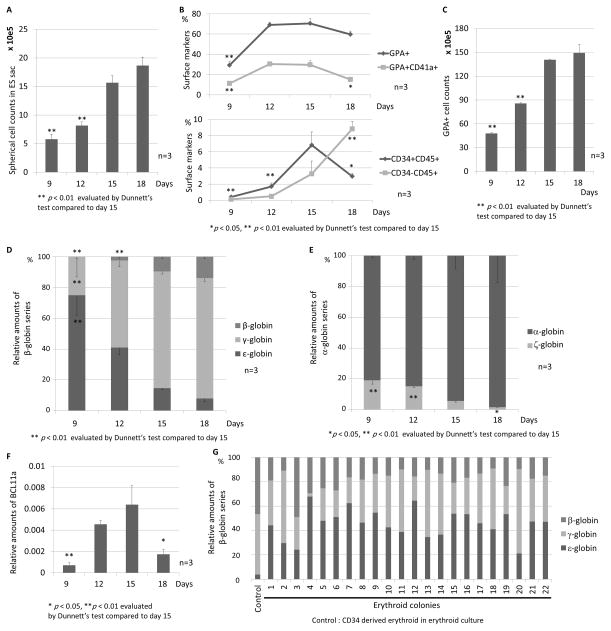Figure 2. Definitive erythroid progenitor generation induced by prolonged ES sac maturation.
(A). We hypothesized that during ES sac maturation, primitive erythropoiesis (to express ε-globin) in ES sacs is switched to definitive erythropoiesis (to express γ- or β-globin). We counted the spherical cells that were harvested in ES sacs on days 9–18, and the spherical cells expanded according to ES sac maturation. (B). We harvested spherical cells in ES sacs on days 9, 12, 15, and 18. We observed a small percentage of CD34+CD45+ HPCs and a high percentage (29.2 ± 3.7%) of GPA+ erythroid cells in the ES sacs on day 9. The CD34+CD45+ HPCs gradually increased until day 15. (C). We evaluated the number of GPA+ erythroid cells after 13-day erythroid differentiation using the spherical cells in the ES sacs on days 9–18. More mature ES sacs lead to greater amounts of GPA+ cells. (D). We analyzed relative RNA expression of ε-, γ-, and β-globin. More mature ES sacs resulted in lower ε-globin expression, higher γ-globin expression, and higher β-globin expression. (E). We observed lower ζ-globin expression and higher α-globin expression in erythroid cells derived from more mature ES sacs. (F). We evaluated BCL11a expression after 13 days of erythroid differentiation, compared to human CD34+ cell-derived erythroblasts. We observed higher expression of BCL11a according to ES sac maturation until day 15. (G). We evaluated globin expression patterns in each erythroid clone by colony forming unit (CFU) assay using spherical cells in the ES sacs on day 15. All 22 erythroid colonies, which were picked up after 14–16 days, expressed ε-, γ-, and β-globin.

